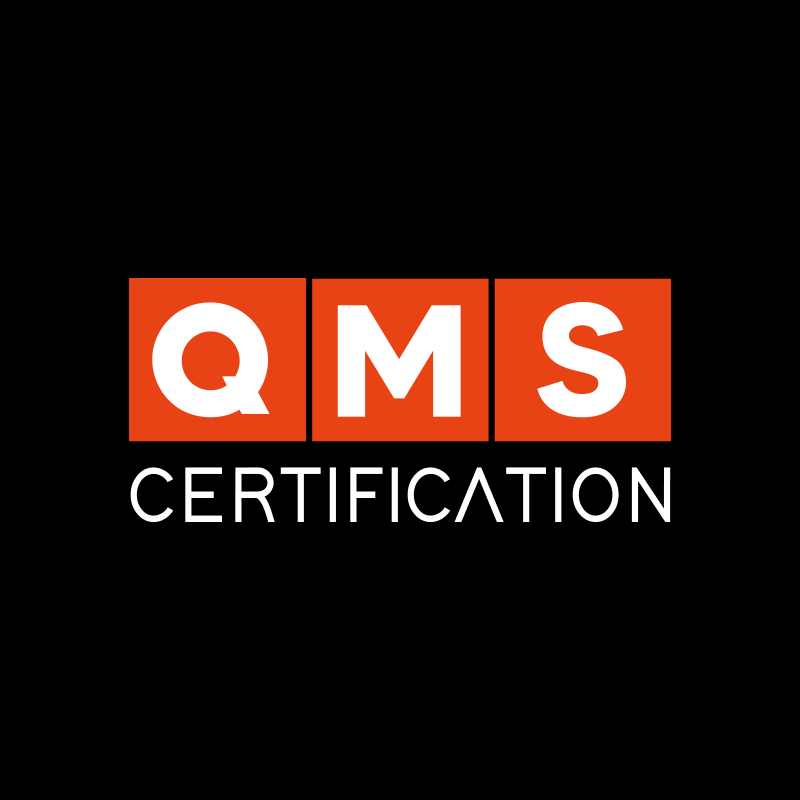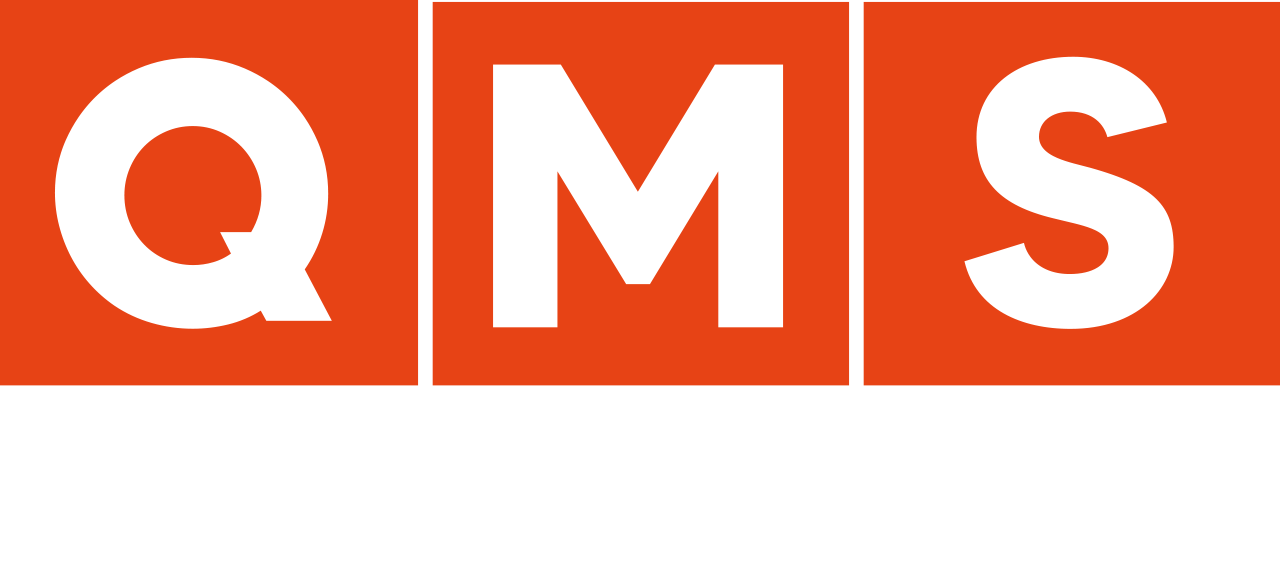This is because being in compliance means adhering to laws, regulations, internal and external policies, and expected ethical standards. Meanwhile, ISO 9001 is an international standard that sets criteria for a quality management system (QMS) within an organization. Its aim is to continually improve the quality of products or services offered by an organization and ensure customer satisfaction. Thus, the relationship between Compliance and ISO 9001 can be understood as a legal alignment focusing on continuous improvement and integration with good compliance and governance practices. Continue reading to learn more about the relationship between these important concepts!
How do ISO 9001 requirements relate?
The requirements of ISO 9001 apply to most business models since its methodology is based on the Plan-Do-Check-Act cycle. Therefore, Compliance and ISO 9001 both emphasize conformity, continuous improvement, and ethical integrity. They can be integrated to create a comprehensive management system that addresses both quality aspects and legal and ethical requirements.
The ISO 9001 requirements are organized into sections and subsections that make up the standard for quality management systems. Check out the main requirements and how they relate:
- Organization Context (Sections 4 and 5):
- Understanding the Organization and its Context (4.1): This involves analyzing the external and internal environment to understand relevant issues for the QMS.
- Interested Parties and Their Requirements (4.2): Identifying stakeholders and analyzing their requirements and expectations.
- Leadership (Section 5):
- Leadership and Commitment (5.1): Top management’s involvement in the implementation and maintenance of the QMS.
- Quality Policy (5.2): Establishing a quality policy and its objectives.
- Planning (Section 6):
- Actions to Address Risks and Opportunities (6.1): Identifying risks and opportunities that may affect product or service compliance and customer satisfaction.
- Quality Objectives and Planning to Achieve Them (6.2): Defining quality objectives and plans to achieve them.
- Support (Section 7):
- Resources (7.1): Providing the necessary resources for the QMS.
- Competence (7.2): Ensuring that people have the required competence for their activities.
- Awareness (7.3): Ensuring people are aware of the relevance and importance of their QMS activities.
- Operation (Section 8):
- Operational Planning and Control (8.1): Planning and controlling operations needed to meet product or service requirements.
- Determination of Product and Service Requirements (8.2): Establishing criteria for products and services.
- Communication (8.3): Effective approach for internal and external communication.
- Performance Evaluation (Section 9):
- Monitoring, Measurement, Analysis, and Evaluation (9.1): Systematic evaluation of the QMS performance.
- Internal Audit (9.2): Conducting internal audits of the QMS.
- Top Management Review (9.3): Top management’s evaluation of the QMS.
- Improvement (Section 10):
- Continuous Improvement (10.1): Adopting approaches for continuous QMS performance improvement.
- Non-Conformity and Corrective Action (10.2): Addressing non-conformities and implementing corrective actions.
- Continuous Improvement of the QMS (10.3): Seeking opportunities for continuous improvement.
In conclusion, these interrelated requirements provide a framework for establishing, implementing, maintaining, and continuously improving an effective quality management system. This results in products or services that meet customer expectations and are in compliance with applicable requirements. Each organization can adapt these requirements according to its specific context.
What does ISO 9001 assure regarding quality?
ISO 9001 is an international standard that sets the requirements for a quality management system (QMS) in an organization. Implementing and following its principles improves quality in various aspects of its operations.
What is the main objective of ISO 9001?
The goal of adopting ISO 9001 is to create a culture of quality where continuous improvement, customer satisfaction, and operational efficiency are key. Meeting the standard’s requirements helps ensure processes are controlled, products and services meet quality standards, and the organization is committed to excellence and customer satisfaction.
In other words, the primary goal of ISO 9001 is to establish an international standard for QMS and provide a robust framework for organizations to develop, implement, and enhance effective QMS. The main objectives of ISO 9001 certification for companies are:
- Customer credibility and trust;
- Improved operational efficiency;
- Customer satisfaction;
- Continuous improvement;
- Compliance with legal and regulatory requirements;
- Competitiveness;
- Ease of integration with other management systems;
- Increased internal efficiency.
Lastly, it’s worth noting that organizations often seek ISO 9001 certification through audits conducted by independent certification bodies to publicly demonstrate their compliance with the standards set by the norm.











